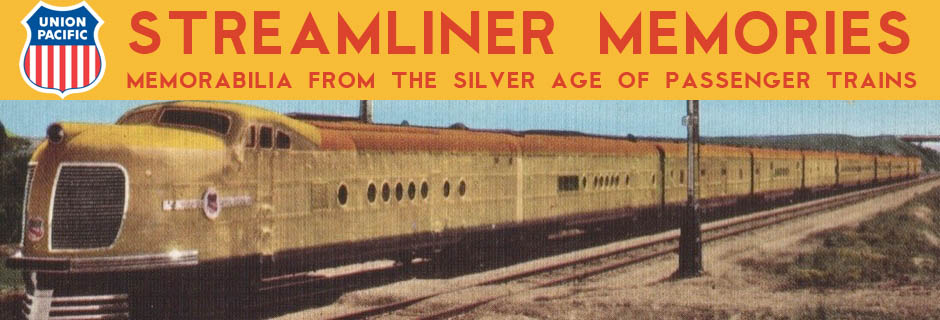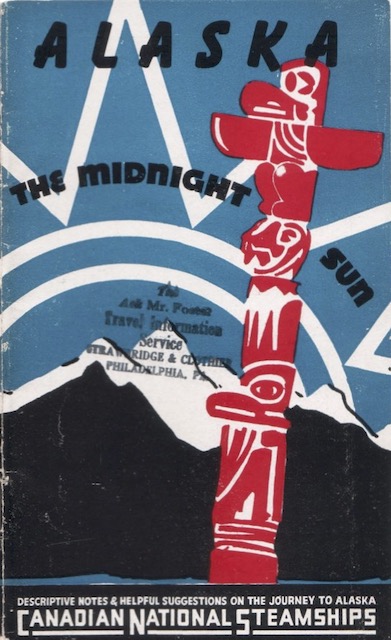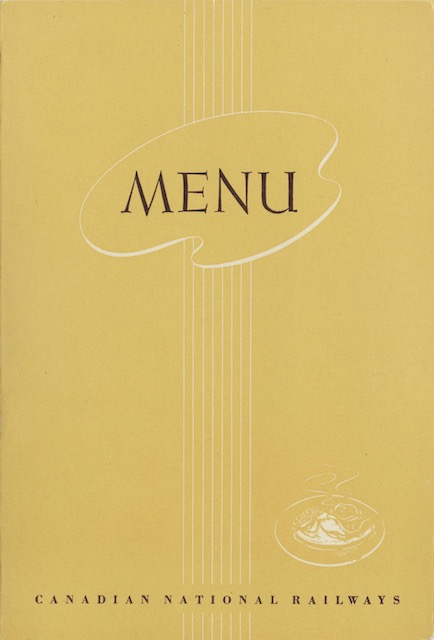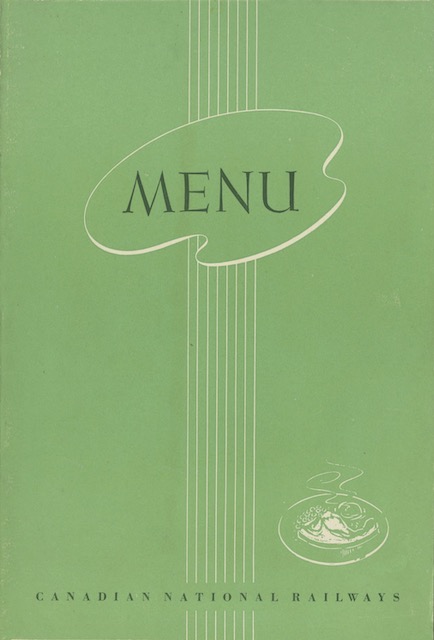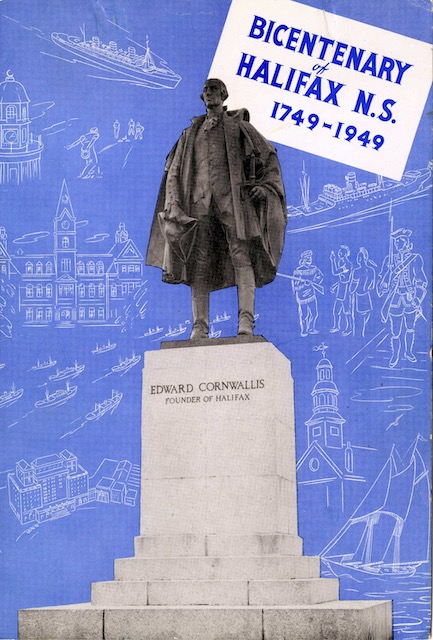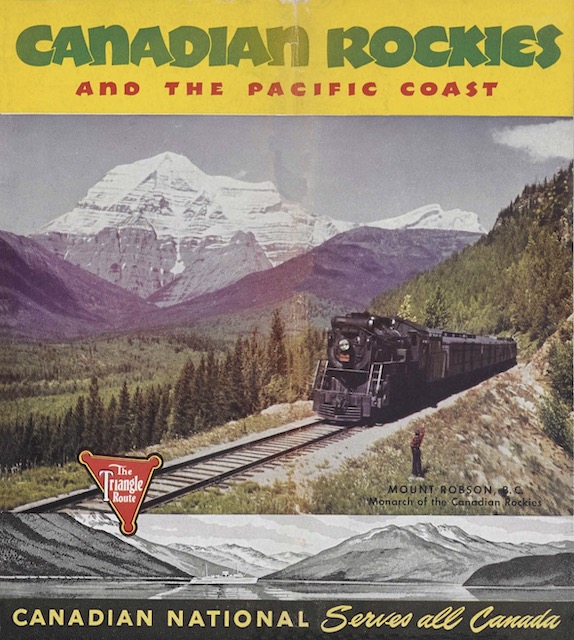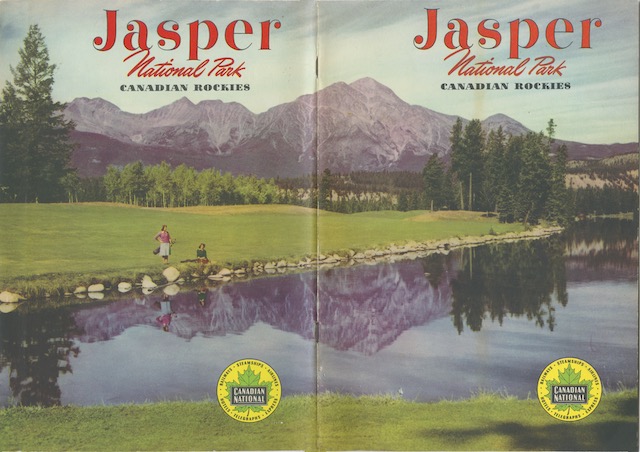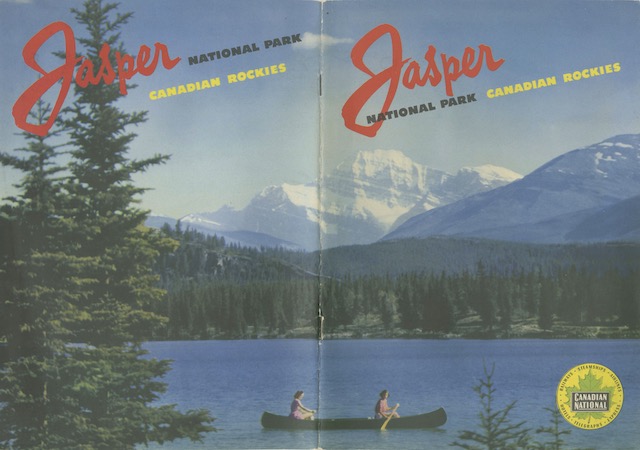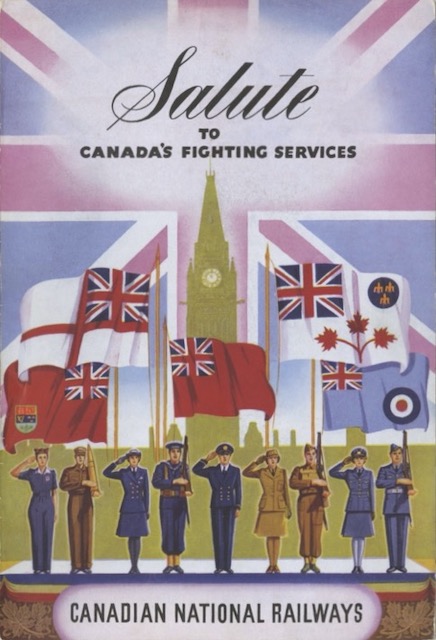We’ve previously seen Canadian National’s Jasper booklets for 1951 and 1953. This one from 1952 more closely resembles the one from 1951 for the very good reason that Jasper Lodge burnt in 1952 and so the 1953 booklet includes several pages of color illustrations for the replacement lodge.
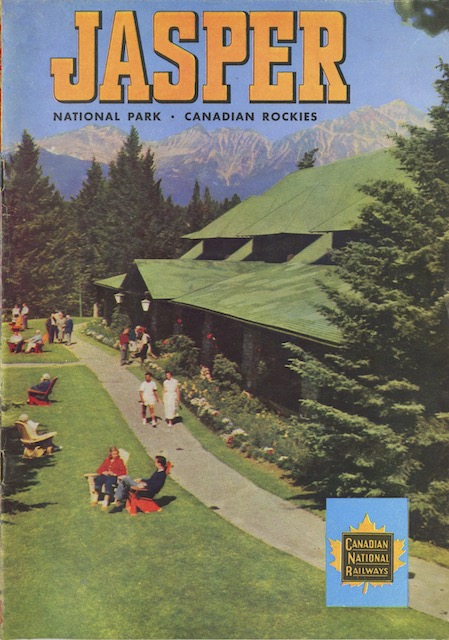 Click image to download a 18.6-MB PDF of this 46-page booklet.
Click image to download a 18.6-MB PDF of this 46-page booklet.
CN graphics artists still weren’t efficiently using color printing in the way I described in my recent description of the 1947 booklet. Aside from the front and back covers, today’s booklet has color photos on pages 3, 6, 11, 15, 18, 26, and 29, none of which are on the same four-page spreads. On page 35, it also has color drawings illustrating clothing one might want to wear in Jasper Park. These drawings use the same colors — cyan, yellow, magenta, and black — that make four-color photos, but again page 35 isn’t on the same spread as another color photo.
